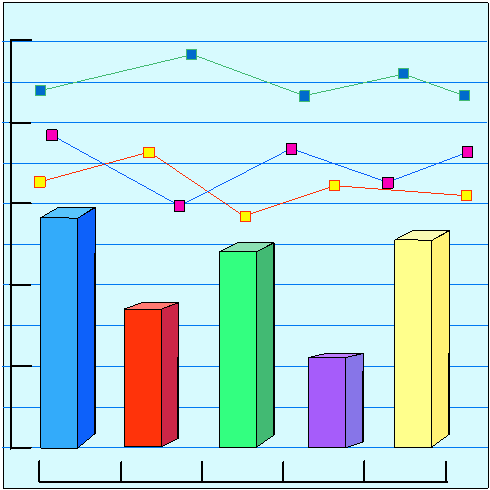Instruction
1
Join in the preparations for the calculations. Collect as much information needed to obtain a finite number. The more and better the information, the more accurate will be the final figure. For example, you need to determine the average specific weight of wages in cost of production in the factories of a certain category (say, canning) in our country. You will not be able to know for certain the exact number of such plants, a lot of them, but nevertheless it is necessary to collect data. So make the maximum possible list of them, and for each find out the total amount of wages and the total cost.
2
Information take for a certain period of time: per month, per quarter, per year. Note that you can give you can only when the period is already closed in financial accounting. Current information you can not give because of their constant change. So choose only the last time, but still not very long ago that information was outdated.
3
Such large-scale work no longer, if you need the average unit weight for the three identified plants. In this case, you just narrow the scope of the study, taking the figures only of these companies.
4
If specific figures are not available, calculate them yourself based on the amount that you will be able to give the company. Remember that when processing the data one amount always flows logically from certain others and Vice versa. So, you can give the salaries of the workers in the shops – and you only summarize. Or, on the contrary, will report the total amount of wages, but it will add staffing, which shows the specialty of the employee, and the estimated salary statement. Then, by sampling only looking for workers.
5
Summarize all the numbers that managed to get. At the exit you will have two figures. In this example, the total salaries of all the workers in the factories and the total cost of canned products.
6
A great deal of preparatory work has been done, so now it remains to perform a simple arithmetic operation: the sum divided by the second and multiply by a hundred. In numbers it looks clearer, so we turn again to our case. If the amount of wages was 120, and the cost of production – 400 (arbitrary numbers), the average share of wages in the cost of canned products in the country will be 30%.
120/400*100=30.
120/400*100=30.
7
If you spend this is simple enough even and for each enterprise individually, you will be able to compare how the percentage share of each plant will differ from the average in one direction or another


